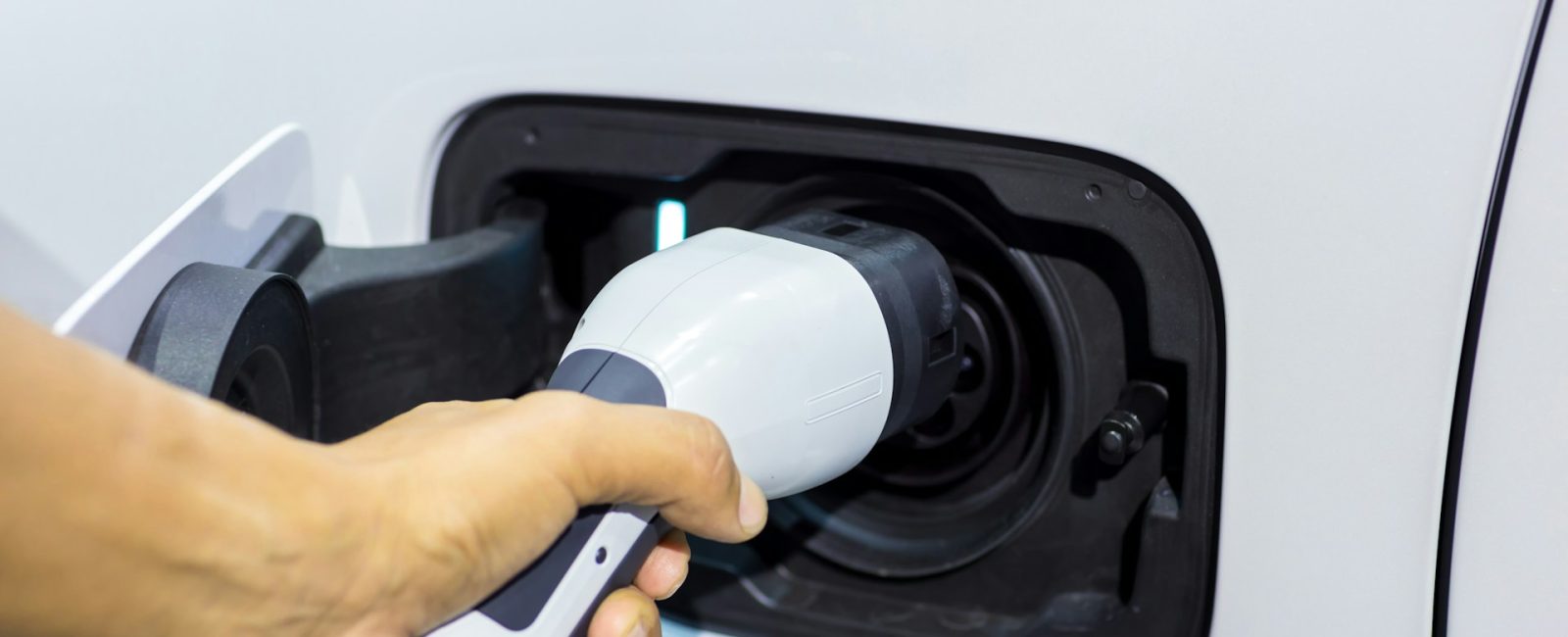
Lithium, often dubbed “white gold,” is fast becoming one of the most sought-after minerals in the world. With its crucial role in powering electric vehicles (EVs), smartphones, and renewable energy storage, lithium mining has gained strategic importance and is now reshaping the global economy.
The increasing demand for lithium is driven by the world’s shift towards cleaner energy sources. As industries like transport and electronics move away from fossil fuels, lithium has become the key ingredient in lithium-ion batteries, essential for powering a wide array of technologies.
According to industry estimates, global demand for lithium is expected to increase by 500% by 2050, reflecting the growing reliance on electric vehicles and renewable energy storage systems.
The EV Boom and Lithium Dependency
Electric vehicles (EVs) are at the forefront of the clean energy revolution, and their production is highly dependent on lithium. The lithium-ion battery is the most widely used type of battery in EVs due to its high energy density and long lifespan.
As car manufacturers ramp up production to meet climate targets, the demand for lithium is skyrocketing. In fact, global EV sales more than doubled in 2021, a clear indicator of the scale at which lithium will be required in the future.
The push for electric vehicles is not only changing the automotive industry but also having profound effects on global trade and economics. Countries rich in lithium resources, like Chile, Australia, and Argentina, are experiencing significant economic growth.
These nations are benefiting from the surge in demand, with lithium prices spiking due to limited supply. Between early 2021 and late 2022, lithium carbonate prices soared from around $9,000 per tonne to over $75,000 as supply chains struggled to keep pace with the rapid growth in demand.
Lithium-Rich Regions and Economic Transformation
Countries endowed with significant lithium reserves are witnessing rapid economic transformations. Australia is currently the world’s largest producer of lithium, accounting for over 50% of the global supply. Chile and Argentina, which are part of the “lithium triangle,” hold some of the richest lithium brine deposits, contributing to the dominance of South America in the global lithium market.
These countries are seeing increased foreign investment as corporations and governments seek to secure access to lithium supplies. Chile’s government, for instance, has announced plans to nationalise parts of its lithium industry to ensure long-term economic benefits.
The influx of capital and infrastructure development in these regions is creating jobs, driving GDP growth, and transforming local economies.
However, the economic benefits of lithium extraction are not without challenges. As demand rises, the finite nature of lithium resources and the environmental costs associated with mining are leading to concerns about sustainability.
Countries rich in lithium are grappling with how to balance economic growth with the need to protect the environment and communities impacted by mining activities.
Geopolitics and the Strategic Importance of Lithium
The strategic importance of lithium is also reshaping geopolitical relations. With China leading in lithium refining and battery production, other countries are vying to reduce their dependence on China and secure their own lithium supply chains.
In response, nations like the United States and members of the European Union are investing heavily in domestic lithium mining and processing capabilities. These efforts are part of broader strategies to ensure energy independence and security in a rapidly electrifying world.
The global race for lithium is triggering a new form of resource competition. Countries and corporations are entering into agreements and partnerships to secure lithium supplies.
For instance, the U.S. government has classified lithium as a critical mineral, highlighting its importance to national security and technological competitiveness. This growing competition could lead to new alliances or trade tensions between countries as they vie for control over lithium resources.
The Impact of Lithium Prices on Global Markets
Lithium prices have seen dramatic fluctuations over the past few years. The rise in demand, coupled with supply chain disruptions, has led to significant price increases. In 2021 alone, lithium prices rose by more than 400%, impacting industries reliant on batteries, from electronics manufacturers to automotive companies.
The volatility of lithium prices is having ripple effects across global markets. Battery manufacturers are facing higher production costs, which are being passed on to consumers in the form of higher prices for EVs and electronic devices.
This price volatility has also made it difficult for companies to plan long-term investments, as the cost of raw materials like lithium remains unpredictable. While some forecasts predict that lithium prices will stabilise as more mining projects come online, others warn that continued supply constraints could lead to further price increases.
Environmental Concerns and the Future of Lithium Mining
While lithium mining is driving economic growth, it is also raising environmental concerns. The extraction process, particularly in lithium-rich regions like Chile’s Atacama Desert, is highly water-intensive.
In some areas, lithium mining has been linked to water shortages, impacting local ecosystems and agricultural communities. This has sparked debates about the environmental sustainability of lithium extraction and whether the rush for lithium is compromising broader ecological goals.
Efforts to address these concerns are underway, with new technologies being developed to reduce the environmental impact of lithium extraction. Companies are investing in more efficient mining techniques, and governments are implementing stricter environmental regulations.
Additionally, recycling lithium from used batteries is seen as a potential way to reduce the need for new mining. However, current recycling rates remain low, and the infrastructure needed to recycle lithium at scale is still in its infancy.
Technological Innovations and Alternatives to Lithium
The future of lithium mining will also be shaped by technological innovations. Advances in battery technology are being explored to reduce dependence on lithium.
Solid-state batteries, for instance, promise greater energy density and safety compared to traditional lithium-ion batteries, and could potentially lessen the demand for lithium in the future. Other alternatives, like sodium-ion batteries, are also being developed, though they have not yet reached commercial viability.
While these alternatives hold promise, lithium is expected to remain a crucial part of the energy transition for the foreseeable future. As the world shifts towards cleaner energy and electric transportation, lithium mining will continue to play a vital role in shaping the global economy.
The Long-Term Outlook for Lithium
Lithium mining is undoubtedly shaping the global economy by powering the transition to cleaner technologies. Countries rich in lithium are reaping the economic rewards, while industries across the globe are grappling with fluctuating lithium prices and supply chain challenges.
As the demand for lithium continues to rise, its strategic importance will only grow. The global competition for this resource, alongside environmental and technological challenges, will define the future of lithium mining.
Ultimately, the ability to manage these issues effectively will determine whether lithium can sustain the green energy revolution and continue to shape the global economy for years to come.












